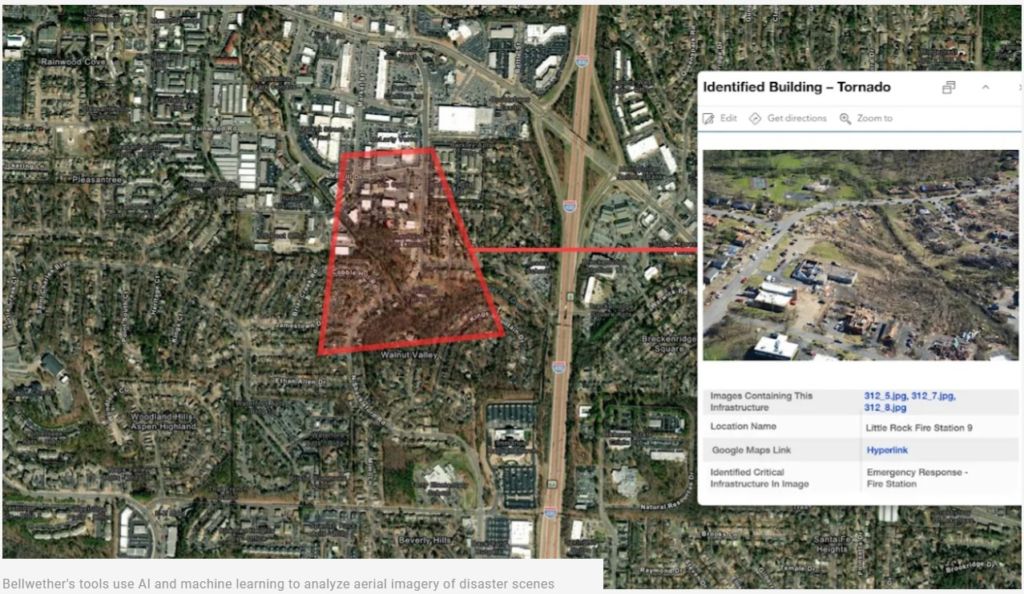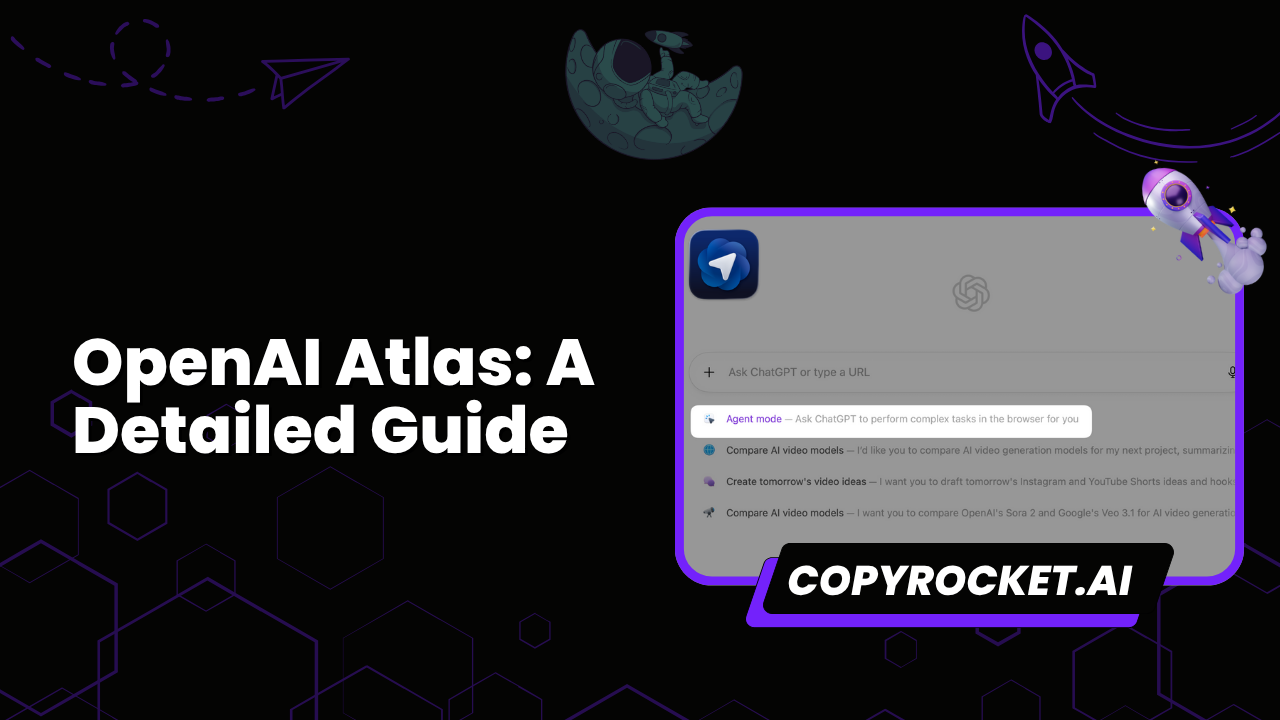In an era where technology and innovation are pivotal in solving complex challenges, Google’s latest AI venture stands out for its commitment to humanitarian efforts.
This project, underscoring a unique collaboration between tech giants and military operations, aims to revolutionize how we respond to natural disasters. At its core, it’s about leveraging the power of Artificial Intelligence (AI) to make disaster response faster, more efficient, and ultimately more effective.
A Google-backed Artificial Intelligence (AI) project, operating under Alphabet’s X innovation hub known as Bellwether, is making significant strides by teaming up with the military to enhance natural disaster responses. Announced on Wednesday, Bellwether’s collaboration with the National Guard and the Defense Innovation Unit (DIU) aims to streamline and improve the Guard’s disaster response methodologies.
The DIU plays a crucial role in integrating cutting-edge commercial technologies into the Department of Defense’s operational frameworks. By developing a system that employs AI and Machine Learning (ML) technologies, Bellwether has been instrumental in rapidly analyzing aerial imagery from disaster-affected areas.
This system can swiftly pinpoint damages to vital infrastructure, thereby aiding National Guard teams in deploying their resources more effectively. Traditionally, the National Guard relied on manual methods for damage assessments, which involved comparing current aerial images of disaster-hit regions with prior images to identify changes in infrastructure.
This process, necessary for orchestrating an effective response, suffered from delays due to the time-intensive nature of manual reviews. Bellwether’s innovation promises to significantly reduce these delays, enabling quicker and more efficient disaster relief efforts.
Checkout our Free AI Tool;
Enhancing Disaster Response with AI
Google’s AI initiative, through its Bellwether project, collaborates with the military to usher in a new era of efficiency in disaster response operations. By employing advanced Artificial Intelligence (AI) and Machine Learning (ML) technologies, Bellwether aims to drastically transform the way natural disasters are managed.
Streamlining Damage Assessment
Colonel Brian McGarry, leading the National Guard’s operations, plans, and training division, emphasized the traditional challenges in damage assessment:
- Current Process: “Right now, our analysts have to spend time sorting through images to find the ones that cover the areas most affected by natural disasters,” McGarry said. Assessors must correlate these images with surrounding infrastructure, manually label relevant features, and identify significant damages to inform first responder teams.
- AI Integration: “Using AI and ML to do the routine tasks of georectification, identification, and labeling will greatly speed up how quickly we can get important information to the folks that need it most,” McGarry stressed. The primary goal is to save lives by enhancing the efficiency of information dissemination.
The Bellwether AI Tool

Bellwether’s AI tool demonstrates groundbreaking potential in improving disaster responses:
- The tool quickly analyzes aerial imagery of disaster-hit areas, employing Google’s geospatial assets for comparison.
- It generates a labeled map highlighting pre-disaster and post-disaster conditions, facilitating rapid deployment decisions by the National Guard.
Sarah Russell, lead of Project Bellwether at X, articulated their vision, “Our moonshot is to systematize information about the Earth so that disaster response organizations and other entities can use it to make better decisions and plan for the future.”
Future Directions
The collaboration with the Defense Innovation Unit (DIU) is set to continue, underscoring the promising results of Bellwether’s AI application in disaster scenarios. Beyond this, Google’s X innovation hub is also developing a wildfire prediction tool, leveraging historical data and environmental risk factors to forecast wildfire risks up to five years into the future.
With AI and ML at the forefront, the future of disaster response and risk prediction appears more prompt and precise, promising a significant leap in safeguarding communities against the unpredictability of natural disasters.





